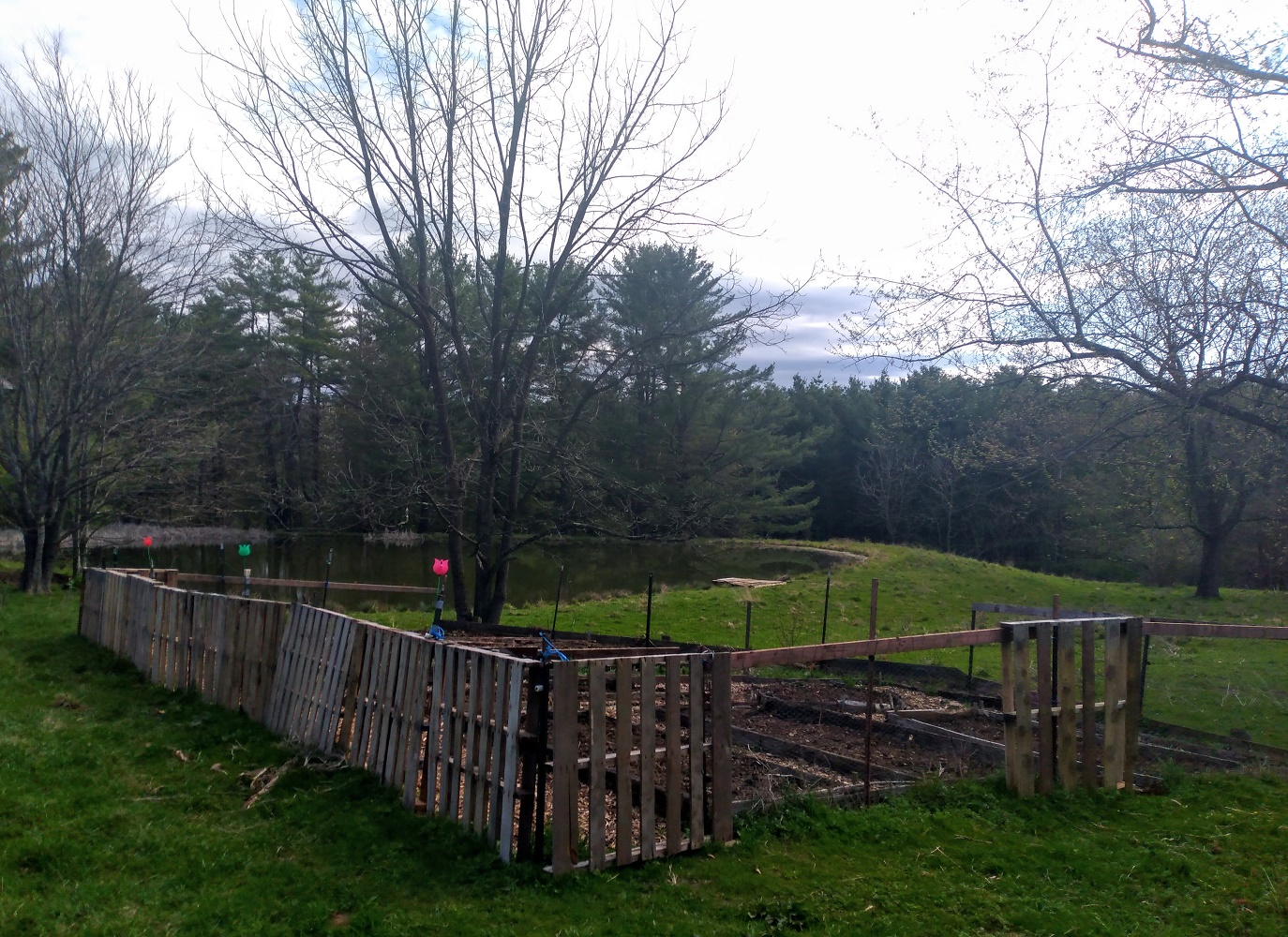Your cart is currently empty!
Barakah Heritage Farm garden adventures 2020 – garden layout + early spring cold-loving plants

Written by
in
We got the main veggie garden finished, except for one bed that will be double dug and composted this summer for fall crops. Now that this garden is done, we can start planning and then planting. (We will finish and plant the commercial garden and the potato/livestock feed garden in a week or so.
We spend at least as much time planning the garden as we do actually planting, to make sure we get the best yields for our work, God willing. Here are the steps that go into planning the garden for the year. If this was a CSA or market garden, there would be even more planning involved to make sure enough was produced at all times to meet customer demand. For us, because the garden is for our own use plus some impulse purchases by farm guests, we can be just a bit more relaxed this year.
Our first step was to take a seed inventory, and go shopping to fill in any gaps. We aren’t planting everything that we like to grow, just what the current bed space and our time will allow. We keep a wish list of new plants to add each year.
 |
Make planning index cards, one per plant type. Tomatoes get multiple cards because I like to space the tomatoes out, one per bed, around the edges of the garden to trellis them on the fence. The cards include whether it is an early plant (E), normal, or late season (F for fall), whether it gets planted in succession (R for repeat), what other plants it likes, time to germination and harvest and notes about how it grew in previous years. On the back of the card we mark what bed it is going in, at the end of the planning process. |
 |
Draw out a master diagram of the garden beds. If you don’t have a big whiteboard, you can tape paper together, or even draw with chalk on the driveway. |
 |
Start laying cards out on the beds, moving them around to allow for preferred neighbors and also to avoid planting in the same spot as last year (this reduces disease and pests). We also keep the tastiest plants away from the perimeter fence to (God willing) avoid tempting the goats. |
When all the cards are allocated to beds, snap pics of each bed to save for planting and for next year’s planning. Tip: save the pics in your phone. When you begin planting, you can pull up the pics for a handy planting diagram.
This year’s early season crops include:
- Lettuce
- Radishes
- Garlic
- Onions
- Carrots
- Spinach
- Turnip
- Kale
- Cilantro/Coriander
- Cabbage
For the actual planting, just follow the directions on each seed packet, or your notes on your handy cards if you are seed saving. We actually cut the spacing roughly in half but no smaller than the expected size of the adult plant, and reduced the number of seeds, per the techniques of Square Foot Gardening, but without the expense and precise measurements of that technique. Not sure if SFG is for you? Here’s a balanced look at the pros and cons.
So, the garden is planted and the rows labeled with a pink paint pen on small rocks. Our next project, and next post, will be the commercial and potato/livestock gardens, God willing.
Until then, happy planning and planting! Stay warm!

Leave a Reply